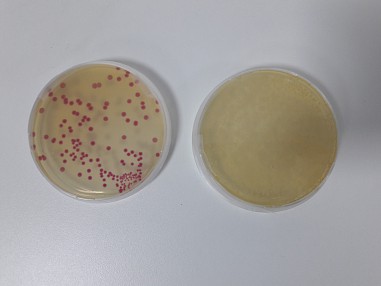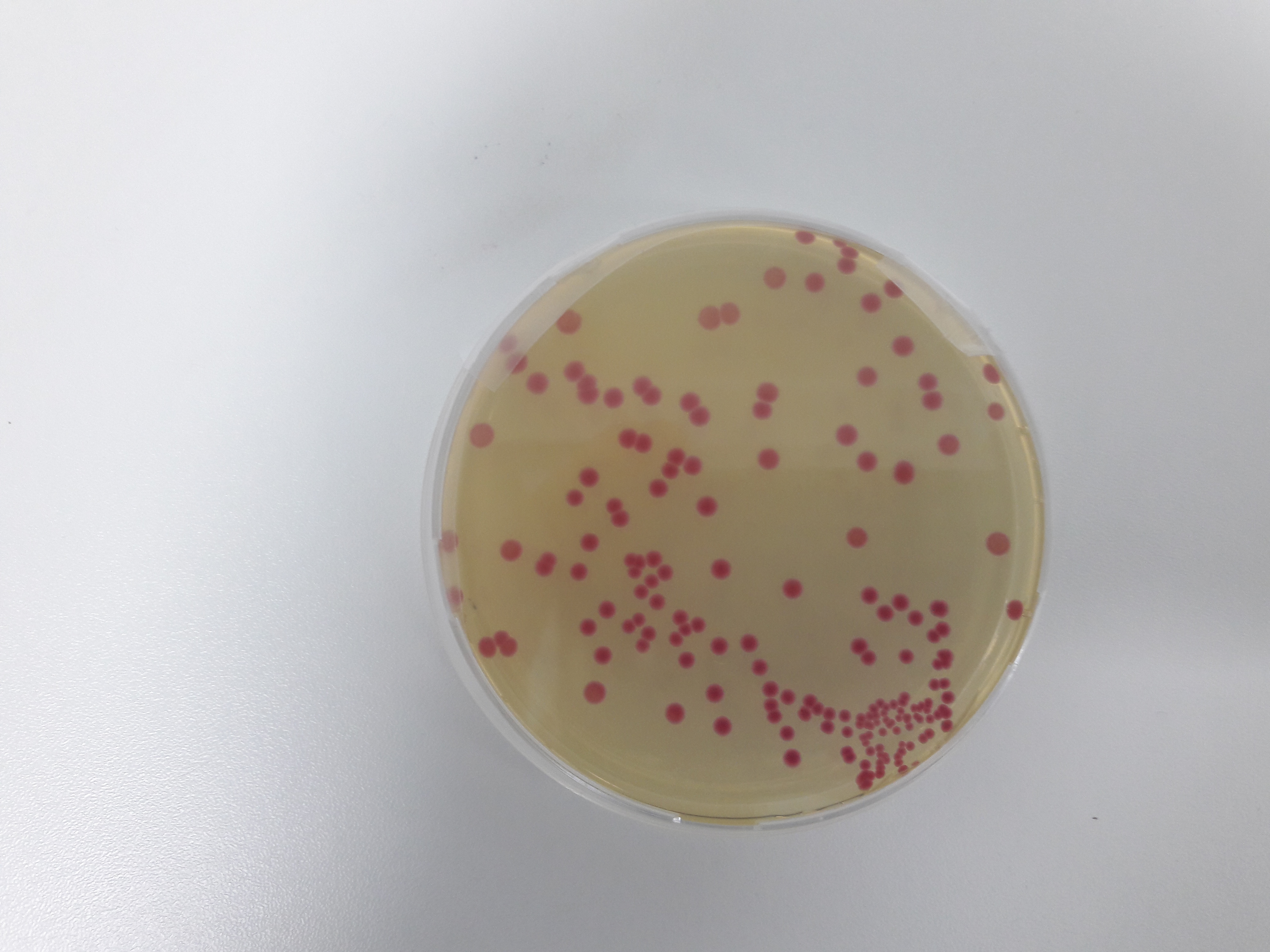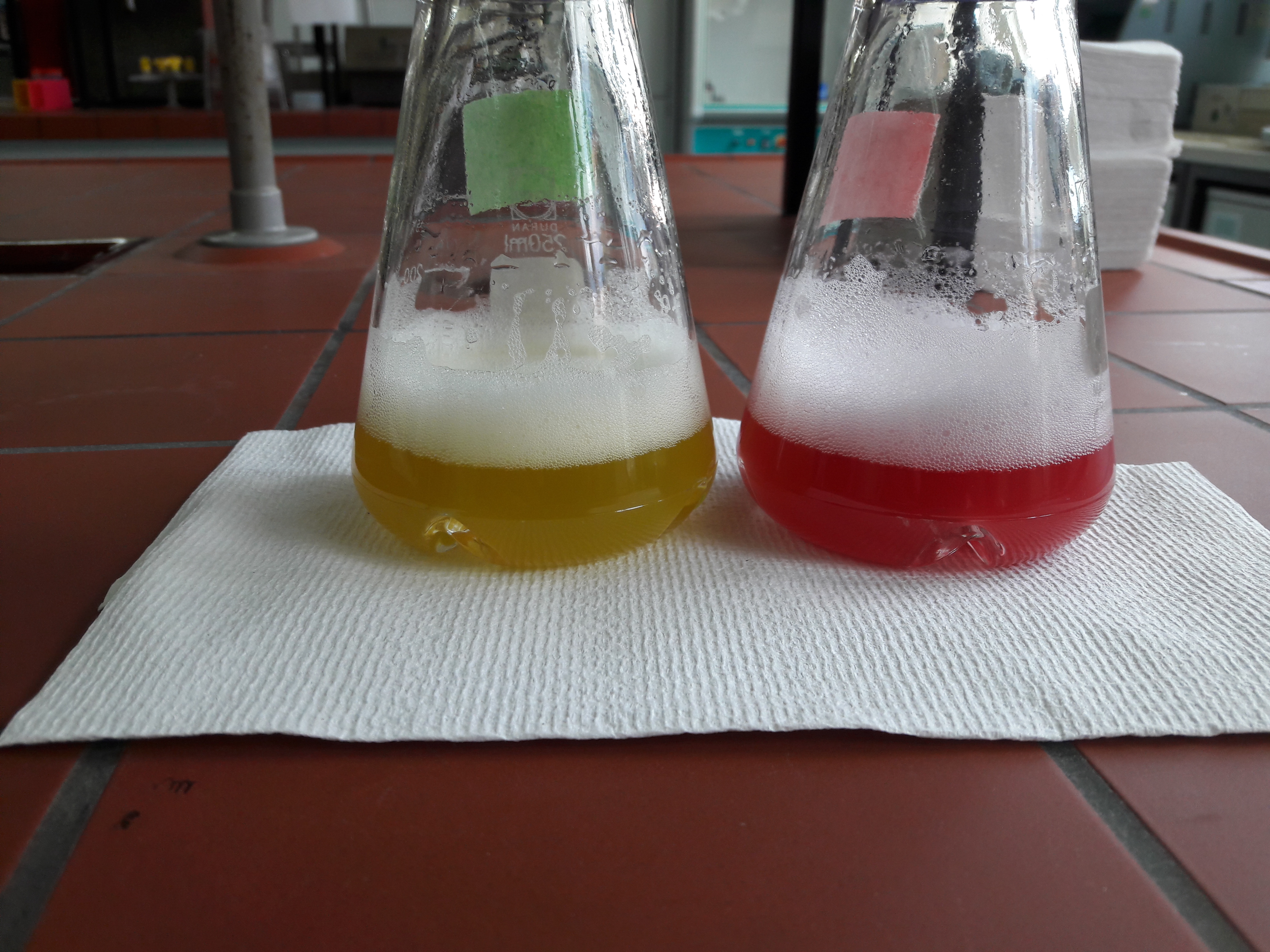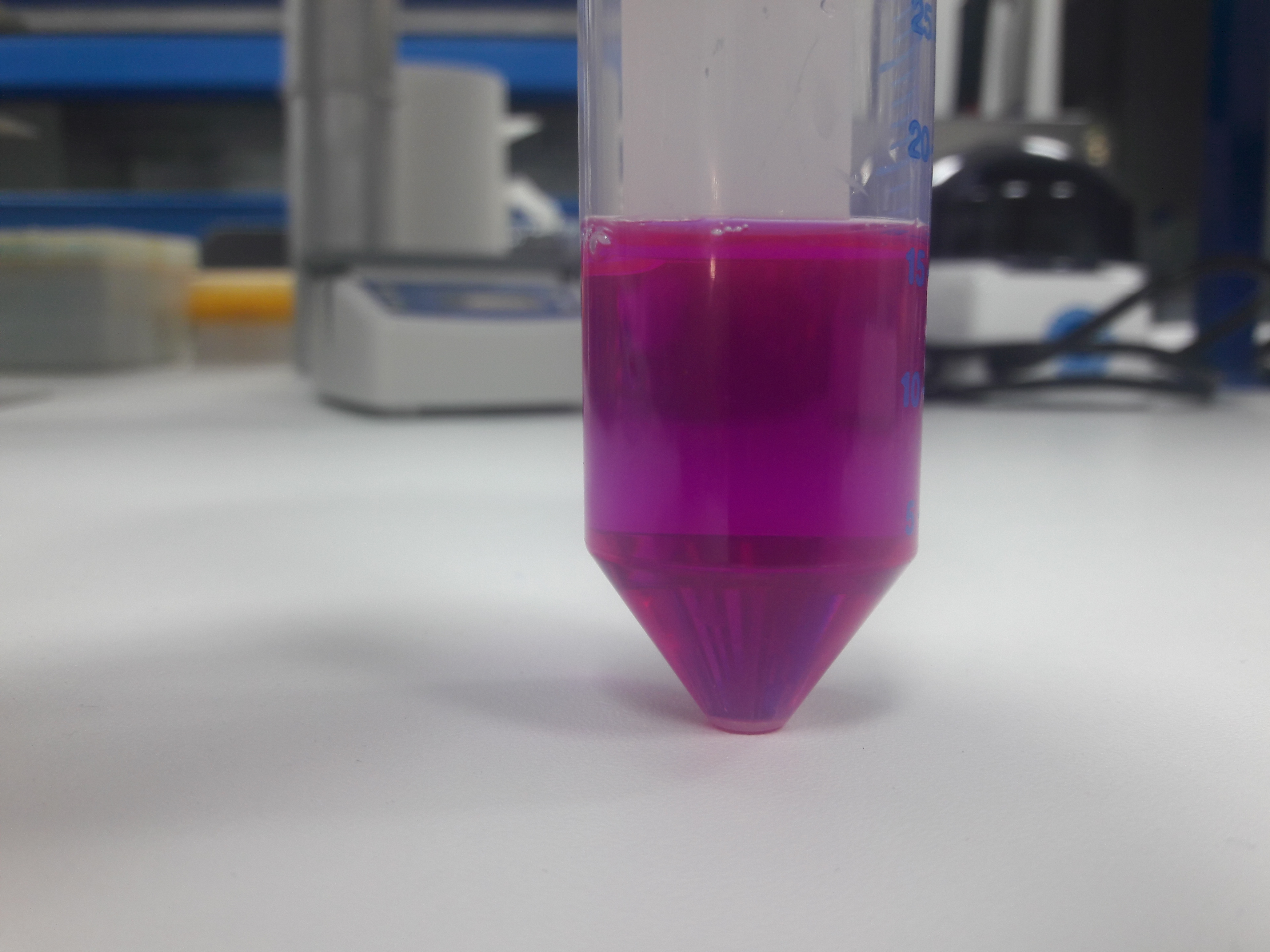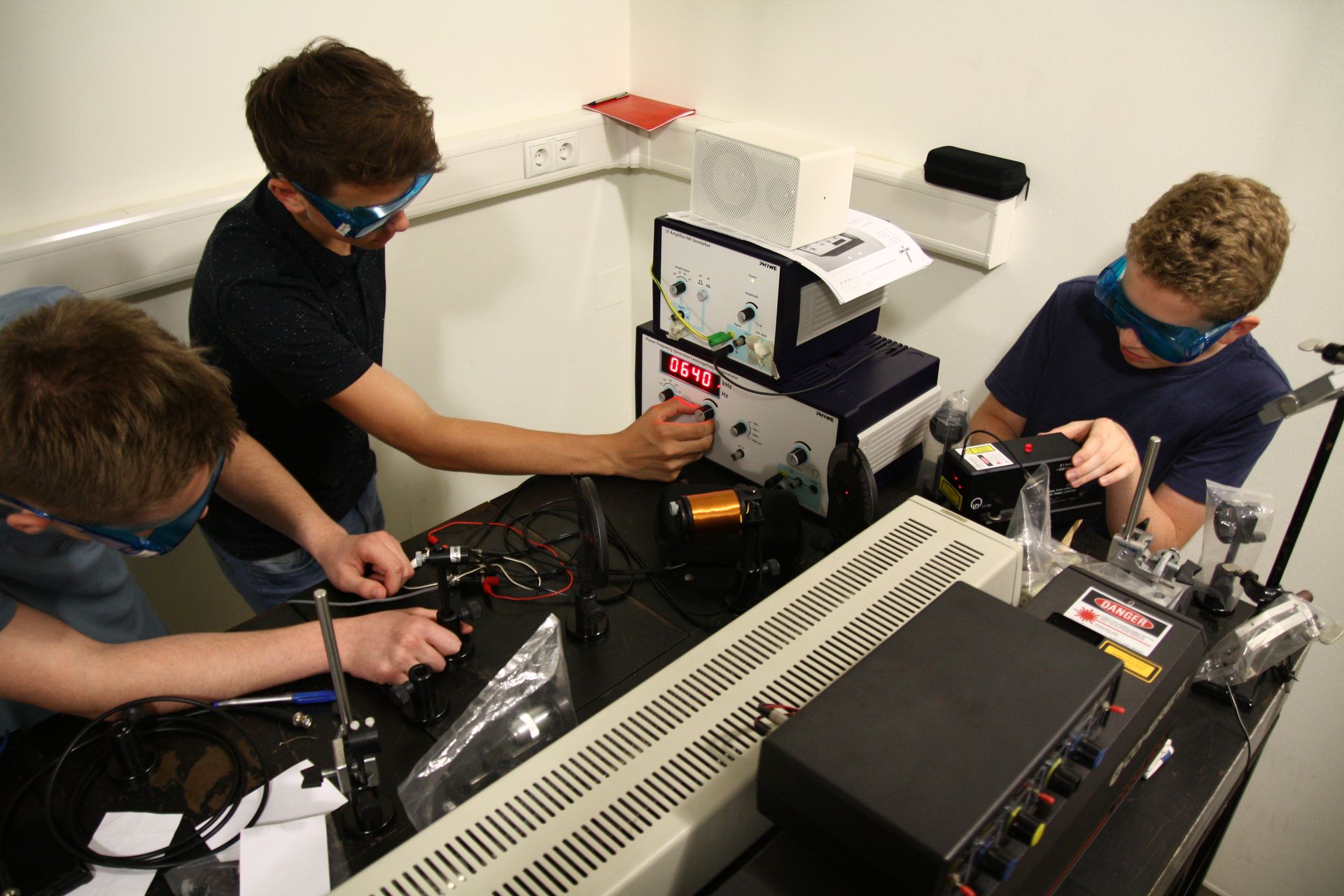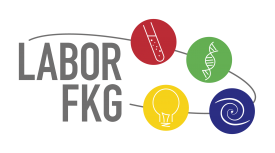Bacteria can be genetically modified to produce specific proteins. In the pharmaceutical industry, for example, human insulin is produced in this way.
In the student laboratory, transgenic Escherichia coli bacteria are used to synthesize fluorescent proteins. Originally, the gene for the green fluorescent protein (GFP) comes from the jellyfish Aequorea victoria. This protein can be excited to green fluorescence with ultraviolet light. The GFP was first described in 1962 by the Japanese biochemist Osamu Shimomura. In modern research, GFP and the variants emanating from it are an important tool for studying the spatial and temporal distribution of proteins in a cell. For this purpose, the GFP gene is coupled with the protein gene under investigation. If this gene is now expressed, the GFP is also synthesized. By irradiation with UV light, the GFP starts to glow and thus the time and place of occurrence of the protein under investigation can be determined.
In the meantime, there are numerous proteins that fluoresce in all colors. In the student laboratory we produce bacteria that produce either a green (GFP) or a red (RFP) fluorescent protein.
After the transgenic bacteria were incubated overnight, they produced the protein. This protein is then extracted from the bacteria by "cracking" the bacteria. In the absence of other alternatives, cell disruption in the school lab has so far been done by enzymatic digestion with lysozyme. This procedure was very lengthy and not very successful. Now, an ultrasound disintegrator for mechanical cell disruption with ultrasound could be purchased and the new procedure implemented in the student laboratory.
The ultrasound disintegrator transmits high-energy ultrasound waves into the bacterial suspension with a sonotrode tip. The resulting cavitation forces (cavitation: formation and dissolution of gas bubbles) cause the bacterial cells to collide violently with each other and thus break up. This releases the cell contents including the proteins. The proteins can now be purified accordingly and obtained in pure form.
This process was established by the former FKG students Jannik Kania and Julius Klamt, who study chemistry and biology at the University of Würzburg.
New cell disruption process established
